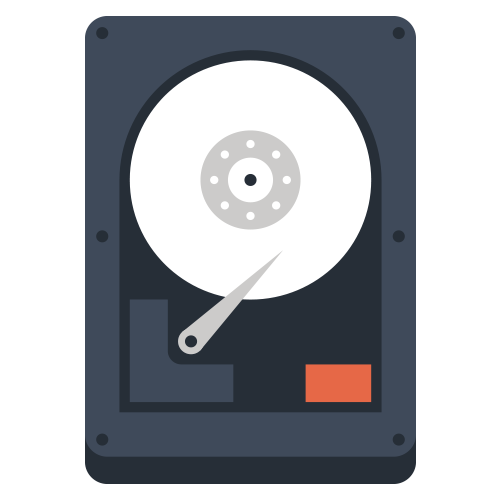Network attached storage (NAS) devices from Synology, QNAP, and FreeNAS, among many others, are a popular choice for on-prem storage. These NAS devices are cost-effective and easy to implement. But it’s not always easy to completely integrate NAS devices into the rest of your IT environment. With many IT organizations, integration is achieved by using LDAP authentication for both NAS devices and Samba file servers, allowing them to completely control user access.
This post will go further into the benefits and challenges of NAS devices, along with how to setup LDAP authentication and how to simplify this using LDAP-as-a-Service.
When to Use On-Prem Storage

A critical component of the IT network is storage of files and data. While there are many parts of the IT infrastructure moving to the cloud, some components have requirements that force them to remain on-prem. Depending on your storage needs, your organization may be better suited by a cloud or on-prem solution. Cloud storage solutions such as Google Drive, Dropbox, and Box are popular for a reason. They’re highly functional in most environments. However, there are a number of common use cases where on-prem storage works better.
One of the benefits of on-prem file servers is the ability to quickly access large files, like video files. There is a decreased cost of bandwidth because there isn’t a need to transfer large files to and from the cloud. Plus, users don’t need to wait for long downloads or uploads. Another benefit of on-prem NAS file servers is their ability to meet regulatory requirements. Many organizations are required to store records and data, or have confidentiality requirements. NAS devices can be a cost-effective mechanism to support these requirements.
Challenges with NAS devices

For these reasons and others, NAS devices remain popular within modern IT environments. The challenge for IT admins emerges when they try to completely integrate access to data hosted on the NAS device, as well as ensure that data is secure. Often the way that this occurs is by connecting the NAS device to the core identity management platform that the organization leverages. For some organizations this may be Microsoft Active Directory®, and for others it is OpenLDAP™. The difficulty in this approach is that IT admins are required to manage and maintain the core identity provider.
There’s a better way to control access to your NAS devices, and it’s via a cloud hosted LDAP platform. Called Directory-as-a-Service®, IT admins can host their identity management infrastructure in the cloud, and connect NAS devices and Samba file servers to it. The benefit for end users is that their core credentials can be leveraged for their systems (Windows, Mac, Linux), cloud and on-prem servers (AWS, GCP, Azure, etc.), web and on-prem applications (via LDAP and SAML), wired and WiFi networks through RADIUS, and, of course, NAS devices and Samba file servers via LDAP. One identity is utilized across virtually everything that the user needs access to, regardless of platform, protocol, provider, or location.
Learn More About LDAP Authentication for NAS Devices

If you are leveraging NAS devices or Samba file servers within your infrastructure, click here to learn more about how you can leverage LDAP authentication for your NAS systems via Directory-as-a-Service. Drop us a note and we would be happy to answer any questions. Alternatively, give our cloud directory service a try for yourself. Your first 10 users are free forever, so there’s no reason not to give it a shot.


